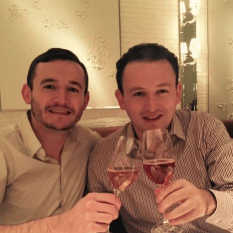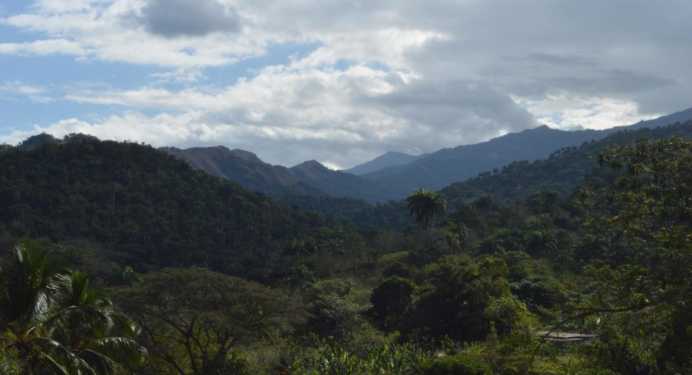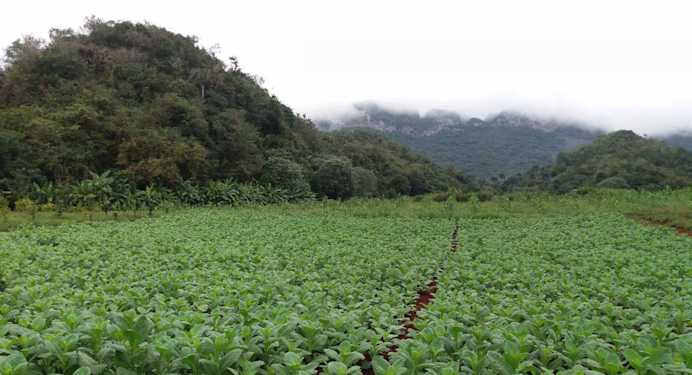
Puffing on Castro's favourite cigar
The fleece of Viñales
Amidst the limestone mounds and caves of the Viñales Valley, we experience firsthand the life of cigar makers and the friendly scams they engage in to exploit our love for their world famous tobacco.
A stern looking official in blue-shirted uniform flags us down on the largely deserted A4 Highway from Havana to Viñales, a town in the Pinar Del Rio region famous worldwide for tobacco. It's only our fourth day in Cuba and our respect for authority remains absolute. We stop without hesitation.
Fifteen young men compete for shade under a bridge. “Their coach has broken down”, the official claims after examining our paperwork, “can you take one of them to the next village to get help?”. We have little reason to doubt given the recycling of fleets of vehicles across the island, including the symbolic Chevrolets now fitted with Hyundi engines.

A shy looking boy shuffles onto the back seat of our Chinese-made Geely (which bore little resemblance to the Skoda Fabia we thought we were hiring). My travel companion, as ever unhindered by linguistic doubt, engaged our erstwhile passenger in what was then only a smattering of Spanish (the regular as opposed to Cuban form). The more she conversed, the more he wriggled. He avoided eye contact, preferring instead to gaze into the middle distance at scenery he presumably passed every day (tobacco fields, campesinos with their Oxen-drawn ploughs, brand new Bela-Russian tractors).
We exit the highway upon his instructions and slip down a narrow side-road. Several young children approach, diluting our growing concern at the obvious scam unfolding. Into a drying house we’re lead; row-after-row of tobacco leaf drooping towards the floor. The smell is divine.
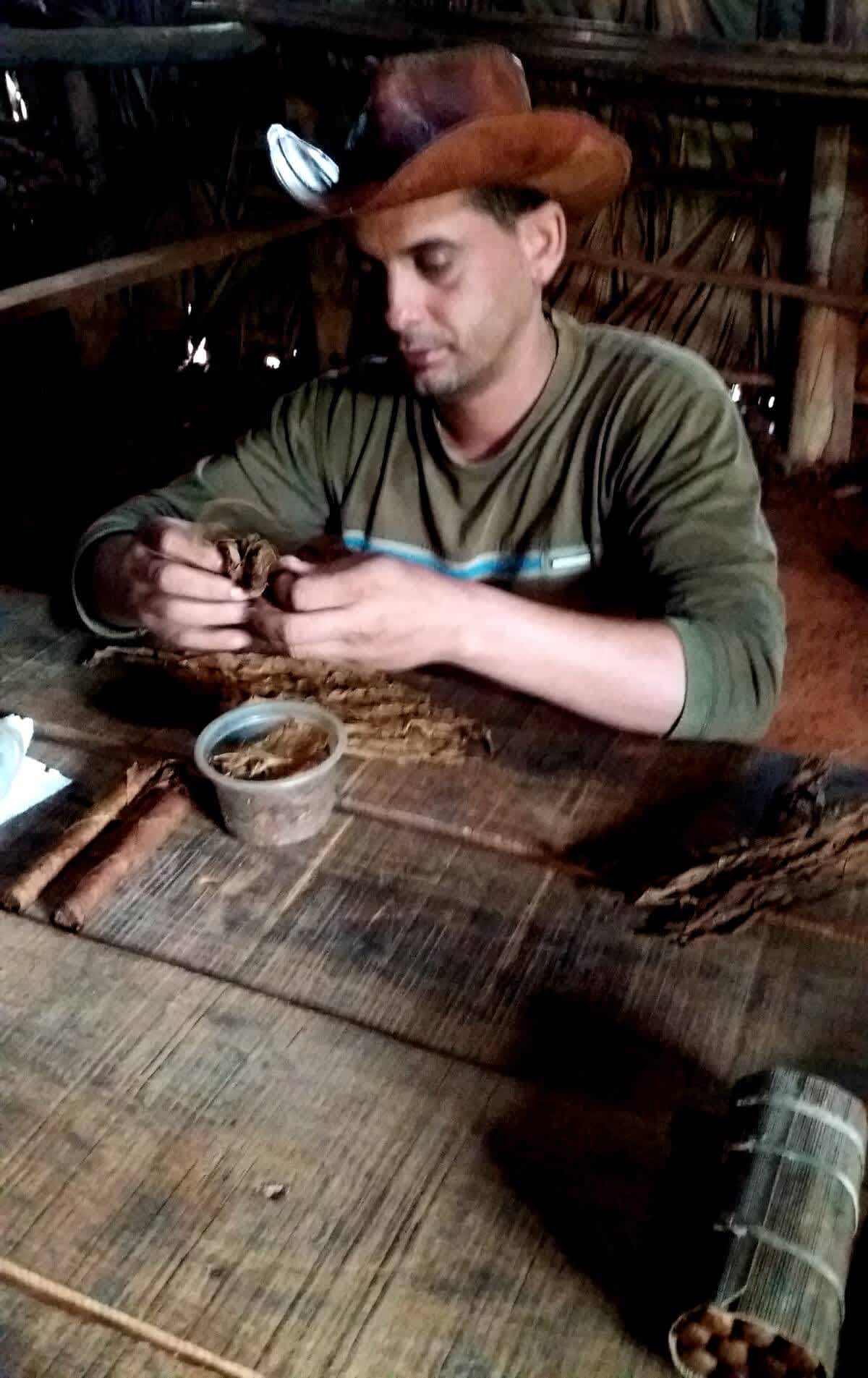
Note - not the gentleman who tried to scam us.
We are not, unsurprisingly, the only tourists there. A cowboy hatted cigar roller invites us to observe the pressing of leaves into what he presents as a legitimate Cohiba cigar (one of Cuba’s premier marques, Fidel Castro's favoured brand). It is smooth and refined. But it did not resemble the cigars we were ultimately proffered at a discounted price (fortunately I had made the mistake of buying such cigars on a previous visit to Cuba).
Educated about production techniques, refreshed by Arabica coffee (which benefits from the local altitude, soil and humidity), mellowed by a ‘Cohiba’, and not having parted with our Convertible Pesos, we feel content in having executed something of counter-scam.
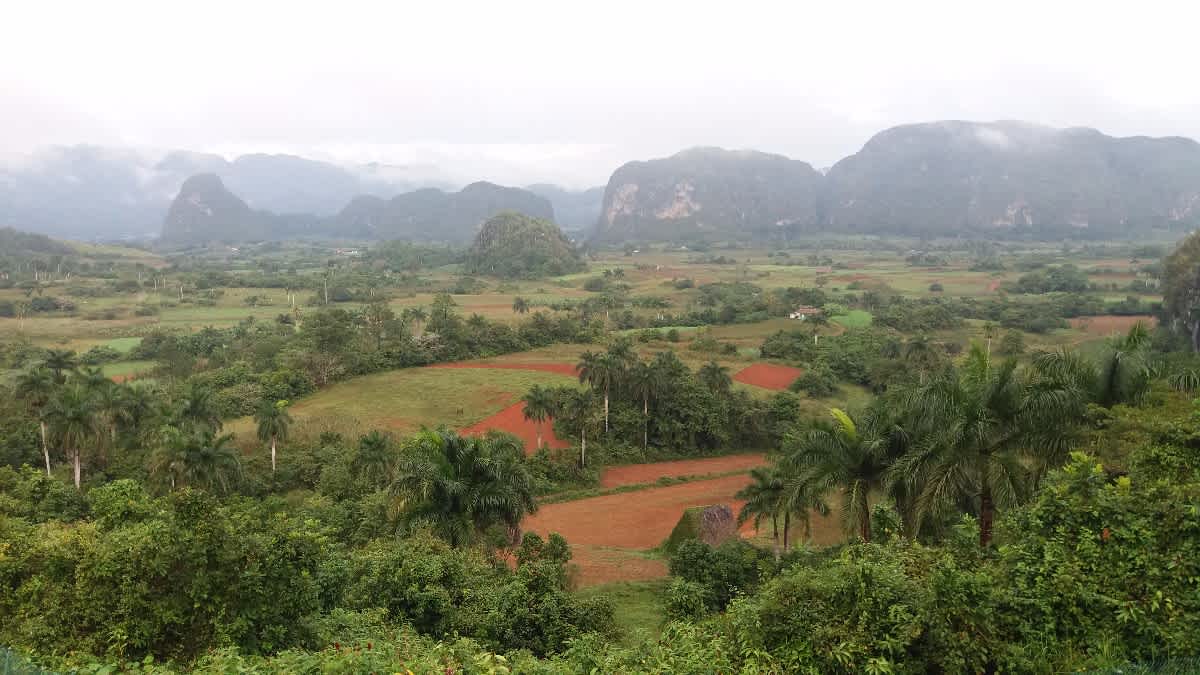
And over the coming weeks we come to realise that this was one of the more dignified ways in which people in Cuba are forced to extract cash from tourists. As we leave, another readily identifiable Geely arrives with two more trapped tourists. We presume they left with a cigar leafed box of 'Cohibas.'
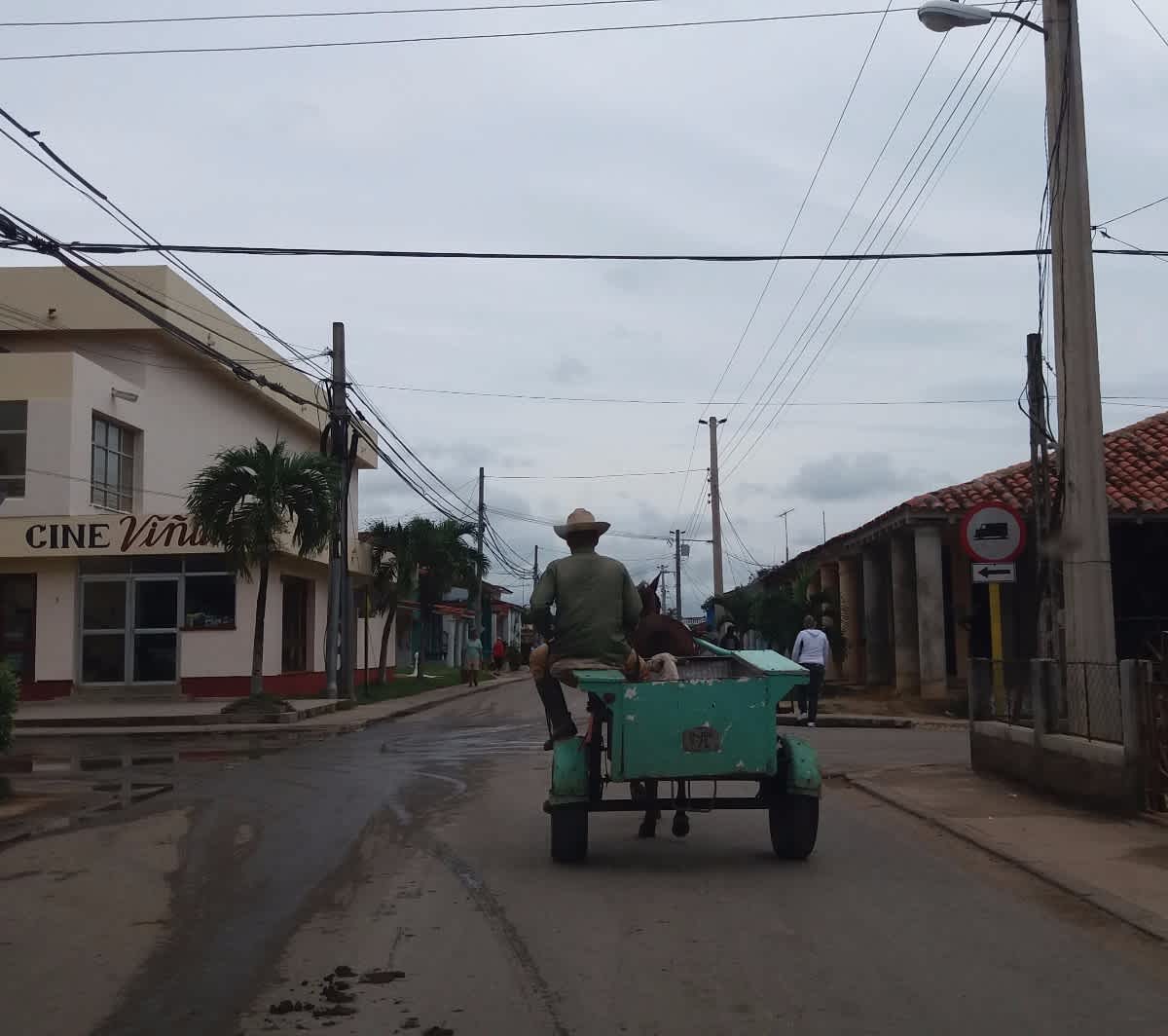
A day later we explore Viñales Valley on horseback. A UNESCO World Heritage Site, it is renowned for its limestone mounds and caves. We learn first hand about the realities of the tobacco harvest (the best cigars are fermented for three years and only the upper three layers of leaves are used) and industry (the government apparently takes 80% of production). We drink ‘Coco Locos’ (a rum-based cocktail drunk straight from a coconut) to soften any subsequent fall. After three, our guide tells us to “ride a horse, dance salsa and see the Queen of England.”

The tired, unkempt horses are whipped into submission. Mojito (believe it or not) is on his last legs as we return to the creaky, wooden houses of Viñales, where our host, Randy (believe it or not), is rocking on the veranda. His grandmother is watching the Cuban rebels take on the Spanish in a children’s cartoon, Epidio Valdes. The mists have closed in and fleeced the town once more.
Ian is a writer based in the Balkans. He is the author of 'Dragon's Teeth - Tales from North Kosovo' and 'Luka'. Follow Ian on Twitter @bancroftian.
Currently in: Belgrade, Serbia — @bancroftian
